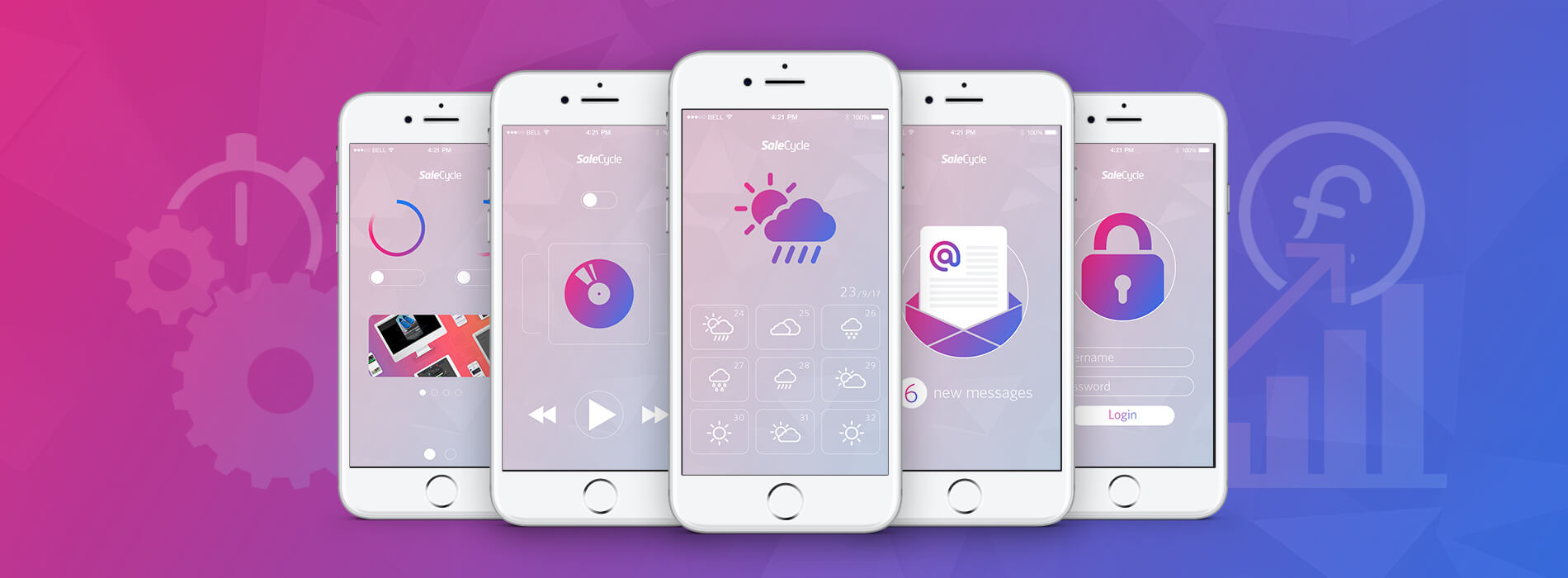In this post we look at the similarities and differences between UX and CRO, and how they should complement each other.
User Experience (UX) and Conversion Rate Optimization (CRO) are two distinct disciplines which have some similarities, and it’s these similarities which provide scope for confusion.
To begin with, I’ll attempt a definition of each term (stealing part of one from Jakob Nielsen):
- User Experience, according to Nielsen, ‘encompasses all aspects of the end-user’s interaction with the company, its services, and its products.’ So, the goal of improving UX involves making websites, apps etc as easy to use as possible.
In the case of ecommerce, this means making on-site experience as good as it can be for users, so they’re happy to use a site again and again.End goal: making sites / apps easier to use.
- Conversion Rate Optimization is a system using a series of techniques to increase the percentage of visitors to a website that convert.
This may be a sale, or whatever desired action you want users to take, signing up for an email for example.End goal: Increasing revenues.
Carrying out some research for this article, I found some articles saying that UX was a sub-set of CRO, and vice versa.
Indeed, it appears that the two disciplines have evolved independently of each other, using similar methods and goals.
Potential conflicts
The end goals may differ but otherwise CRO and UX have a lot in common, and the biggest common factor may be that good UX tends to correlate with improved conversion rates.
I say tends to, as there can be exceptions to this, where conversion rates are improved by doing things that users wouldn’t necessarily want.
In theory, the aim of CRO is to have an affect on a website’s bottom line, by increasing the number of conversions, while UX looks to improve the user experience on a website.
A caveat here: increasing conversions doesn’t necessarily mean more money if, for example, basket values are lower. The smarter marketer will be aware of this and keep overall business goals in mind.
There are methods which may improve conversion rates yet aren’t perfect from a UX perspective.
For example, a pop-up showcasing special offers may help to increase conversions, but does so by interrupting the user.


Likewise, a B2B company wanting to generate high quality leads may need to add a bit of friction to sign up forms to ensure quality. Adding more fields means more effort is needed to complete the form, but if the leads are better, then its a good option.
Sites should consider whether short-term benefits from interruptive methods will have long-term side effects, but it’s about finding a balance between UX and business goals at times.
Also, as Per Axbom has argued, a little friction can be a good thing. The people signing up to the B2B form with a few more fields had the commitment to do so, and may be more valuable prospects.
How CRO and UX Should Work Together
The key here is to focus on the outcomes rather than the differences between disciplines.
Peep Laja, speaking to Whatusersdo, sums this up very nicely:
“As long as we focus on the final outcome that we want to produce, which is, to grow our business, to have happy users and those kind of things. So as long as you know what is the final outcome you want to produce… it doesn’t matter really if you call it UX or CRO or customer experience.”
There’s a lot of overlap, and one key area is the respect for data and quantifiable evidence over guesswork.
The use of data in decision making is key to UX and CRO alike: it reduces uncertainty over which designs and content to use and helps to produce better outcomes.
User research can help CRO practitioners in developing hypotheses for tests and interpreting the results. If you understand why users may be abandoning on a particular page, then it’s easier to find an improved version to test.


The biggest area is the goal of understanding customers and improving their experience. This should be a common goal, as better user experience will produce results and create happier customers in the long-term.
Paul Rouke from PRWD, sums this up:
“Recognise and appreciate that conversion optimisation has the potential to become your organisations biggest growth lever. First make a commitment to wanting to become a more customer-centric organisation, moving away from egotism and opinion, to listening to customers and responding to what they are saying.”
If companies are putting this into practice and focusing on outcomes, this is what really matters.
See our latest ebook, The Expert’s Guide to Conversion Rate Optimization, with input from CRO professionals and major retailers.
Speak to an expert
Learn how to convert your online audience into revenue with our experts.
Graham Charlton
Graham Charlton is Editor in Chief at SaleCycle. He's been covering ecommerce and digital marketing for more than a decade, having previously written reports and articles for Econsultancy. ClickZ, Search Engine Watch and more.








![Valentine’s Day Ecommerce Tips and Trends [2024 Strategy]](https://www.salecycle.com/wp-content/uploads/2019/01/valentines-ecommerce-1.png)




![How SaleCycle helped Vodafone increase their online sales by an additional 2,000 additional sales per month [Extended Version]](https://www.salecycle.com/wp-content/uploads/2023/08/vodafone-banner.webp)




